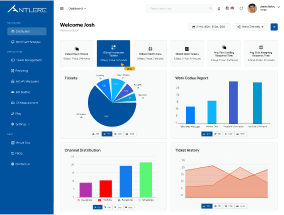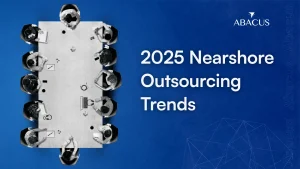Are you tired of spending hours every week searching for documents, answering the same basic questions, or sitting through repetitive status meetings?
This common drain on productivity often points to a failure in managing your most asset: your organizational knowledge. Knowledge that is trapped in silos or outdated is useless.
High-quality knowledge-based software is the solution, transforming that scattered information into a centralized, dynamic, and instantly searchable library.
By establishing a true Single Source of Truth, you not only reduce internal friction but fundamentally change how your business delivers customer service and operates.
What is knowledge based software?
Knowledge based software is a dedicated tool that allows your team to create, manage, and share a centralized repository of organizational information.
Essentially, it serves as the ultimate online library for everything your employees, customers, and stakeholders need to know about your company, products, and operations.
The most immediate and apparent benefit of implementing this software is providing readily available self-service options.
To the team members this implies in-time access to policies and best practices. To customers, it implies that they can get answers without necessarily waiting until a support agent answers them.
Finally, the software aim is to make the process more efficient and consistent throughout all touchpoints due to the fact that everyone is using the same accurate data the Single Source of Truth.
What are the different types of knowledge based software?

Knowledge based software can be categorized in several ways, often overlapping based on its deployment, hosting, and target audience:
Internal vs. External: An internal knowledge base is limited to employees, and it is HR, SOPs, and training based, which makes organizational sensitive knowledge safe. On the other hand, an external knowledge base (or customer-facing KB) is publicly available and offers product documentation, support guides and frequently asked questions to improve their customer services.
On-Premises vs. Cloud-Based: On-premises solutions run on physical servers of a company and are the most controlled one, but more expensive to maintain and less trained internal IT skills are needed. Cloud-based solutions (SaaS) are managed by a third-party vendor and are more easily managed, less expensive and more scalable.
SaaS vs. Open Source: SaaS (Software as a Service) applications are subscriptions, and they provide premium features, integrations, and high-touch support. Open-source software is free and can be personalized significantly but requires highly technical resources and experience to implement and maintain and keep up to date.
What are the benefits of using knowledge based software?
Adopting the right knowledge based software can be transformative, impacting everything from operational costs to customer loyalty:
Improves Customer Service: The knowledge base will eliminate repeated support requests since the service will offer powerful self-service solutions that will intercept the workload of your support agents. By having the customers’ contact support, the agents are able to access the central organizational knowledge more quickly when solving complex problems, and customer satisfaction is increased.
Optimizes Internal Processes: The SOPs’ centralization, onboarding materials and best practices ensure consistency and speed up the training. The workers spend less time looking for information and more time on the actual work, overall productivity is enhanced and errors are reduced.
Enhances Knowledge Retention: The software prevents loss of knowledge- a major problem when skilled employees retire or quit the firm. It is a safe, long-term deposit of all institutional wisdom, and ensures that it is available to future teams.
Reduces Costs: The software saves time and manpower by allowing the management to deliver effective customer service and simplify internal processes; this translates directly to lower operating expenses and increased ROI.
What features define the best knowledge based software?
In order to maximize the power of centralizing your company’s knowledge, seek out features that enhance usability, collaboration, and integration:
AI-Powered Search Functionality: Today’s knowledge-based software’s need to have smart search features that are able to crawl through different types of content (text, PDFs, images) and provide the most responsive answers in real-time. This is important for optimizing productivity.
Content Management & Collaboration: Choose software that makes content creation simple. Look for a visual editor (where editing looks exactly like the final document) and support for videos and images. Crucially, the platform must protect your information:
Version control acts as a permanent ‘undo’ button for changes, while Access control lets you restrict sensitive data. Features like real-time editing and approval processes ensure team content is accurate before publishing.
Integration Capabilities: The software should be compatible with your current technology stack, and in particular with CRM and helpdesk solutions. This integration enables agents to directly import articles of the knowledge base into support tickets and providing customer service becomes a very straightforward task.
Analytics and Reporting: Top-tier tools offer insights into content performance, search queries that failed, and user engagement. This data allows you to continuously improve the quality and relevance of your content, ensuring the knowledge base remains a high asset.
Conclusion
Investing in robust knowledge-based software is not just an IT project; it is a fundamental strategic move that guarantees your business is operating with maximum clarity and efficiency.
By centralizing your organizational knowledge and offering superior self-service options, you drastically improve customer service outcomes while simultaneously reducing internal friction and operational costs.
Make the transition today and ensure your collective wisdom is your greatest competitive advantage.










